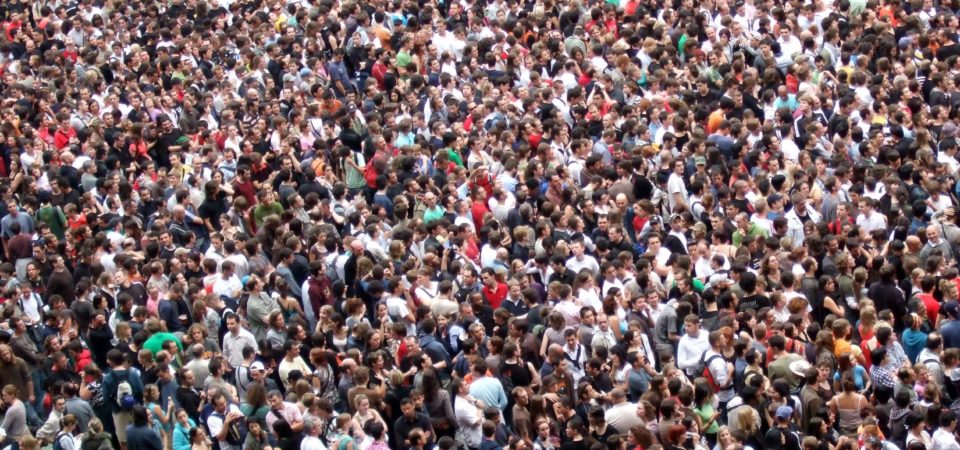Item Link: Access the Resource
Date of Publication: January 27, 2019
Year of Publication: 2019
Author(s): Darrell Bricker , John Ibbitson
Newspaper: The Guardian
Changing fertility rates challenge dystopian visions and UN projections about the future of our overcrowded planet.
She is a well-educated, professional woman, working in an office tower in central Nairobi, Kenya. Because of her status and education, the price required to marry her is bound to be high. Although dowries are often now paid in cash, she expects hers will be paid in the traditional method of cows and goats, and that the wedding will take place in the village she came from.
“I’m a traditional girl,” she explains.
It could take a long time for any suitor to accumulate the capital needed to pay – or at least down-pay – her dowry. She’s fine with that.
These remarks offer a window on one of the most compelling questions of our time: how many people will fill the Earth? The United Nations Population Division projects that numbers will swell to more than 11 billion by the end of this century, almost 4 billion more than are alive today. Where will they live? How will we feed them? How many more of us can our fragile planet withstand?
But a growing body of opinion believes the UN is wrong. We will not reach 11 billion by 2100. Instead, the human population will top out at somewhere between 8 and 9 billion around the middle of the century, and then begin to decline.
Similarly, Prof Wolfgang Lutz and his fellow demographers at Vienna’s International Institute for Applied Systems Analysis predict the human population will stabilise by mid-century and then start to go down.
A Deutsche Bank report has the planetary population peaking at 8.7 billion in 2055 and then declining to 8 billion by century’s end.
The UN discounts the claims of these experts, relying on the authority of experience. “We imagine that countries that currently have higher levels of fertility and lower levels of life expectancy will make progress in the future in a similar manner, at a similar speed, to what was experienced by countries in the past,” John Wilmoth, director of the UN Population Division, says. “It’s all grounded in past experience.”
But the dissident demographers think this is wrong, primarily because the UN is failing to account for an accelerating decline in fertility as a result of urbanisation. In 2007, for the first time in human history, the majority of people in the world lived in cities. Today, it’s 55%. In three decades, it will be two-thirds.
Read the complete article here.
The views and opinions expressed through the MAHB Website are those of the contributing authors and do not necessarily reflect an official position of the MAHB. The MAHB aims to share a range of perspectives and welcomes the discussions that they prompt.
